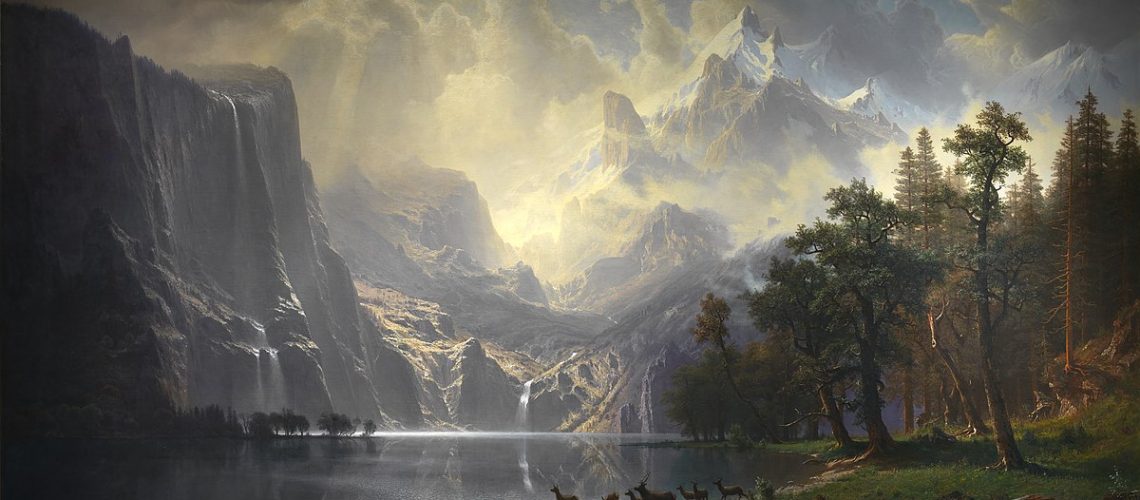America’s Artistic Awakening: The Hudson River School

Adjusting to a New World
In the late 18th and early 19th centuries, American high society, plagued by a cultural inferiority complex, sought to enhance their identities through the artistic treasures of Europe. Fearing the New World was devoid of culture, intellectuals and art connoisseurs imported what they understood to be European masterpieces, and emphatically professed the tenets of European Academic art and society.
Swindled Connoisseurs
However, in a time before internet and readily available high-quality reproductive illustrations, this quest for European sophistication came with distinct challenges. American society, while enthralled by artistic mastery, often found themselves at a loss when it came to actually recognizing authentic European masterpieces. This challenge of logistics led to the proliferation of fake artworks attributed to old masters filling the walls of early American gentry homes and museums.
A New School
Amidst this backdrop of pseudo-sophistication, a transformative shift occurred in the American art scene around 1820 with the arrival of English-born American painter, Thomas Cole. Influenced by the awe-inspiring landscapes of North America, Cole departed from the accepted academic norms, choosing to celebrate the untouched majesty of nature over allegorical depictions of man’s history and struggles.
Cole’s departure from tradition marked the birth of the Hudson River School, a collective of American landscape painters who flourished throughout the late 19th century. Their paintings, characterized by expansive, sublime landscapes, stood in stark contrast to the prevalent academic virtues. The Hudson River School, named after the iconic Hudson River, became a powerful artistic movement that celebrated the untamed beauty of the American countryside.
For those interested in further exploration, here are photographs of some famous Hudson River School paintings:
"The Oxbow" by Thomas Cole
A masterpiece that captures the transition from the wild, untamed wilderness to the cultivated landscapes, reflecting the artist’s contemplation on the impact of human progress on nature.
"Kindred Spirits" by Asher B. Durand
This iconic painting depicts a tranquil scene with two figures in contemplation, symbolizing the spiritual connection between man and nature—a central theme in Hudson River School art.
"Heart of the Andes" by Frederic Edwin Church
Church, a prominent artist of the Hudson River School, created this monumental landscape painting that invites viewers into the heart of the South American Andes.
"The Rocky Mountains, Lander's Peak" by Albert Bierstadt
Bierstadt’s grandiose painting depicts the Rocky Mountains bathed in the warm light of the setting sun. The attention to detail in rendering the rugged landscape and the play of light on the mountains is characteristic of Bierstadt’s contributions to the Hudson River School.